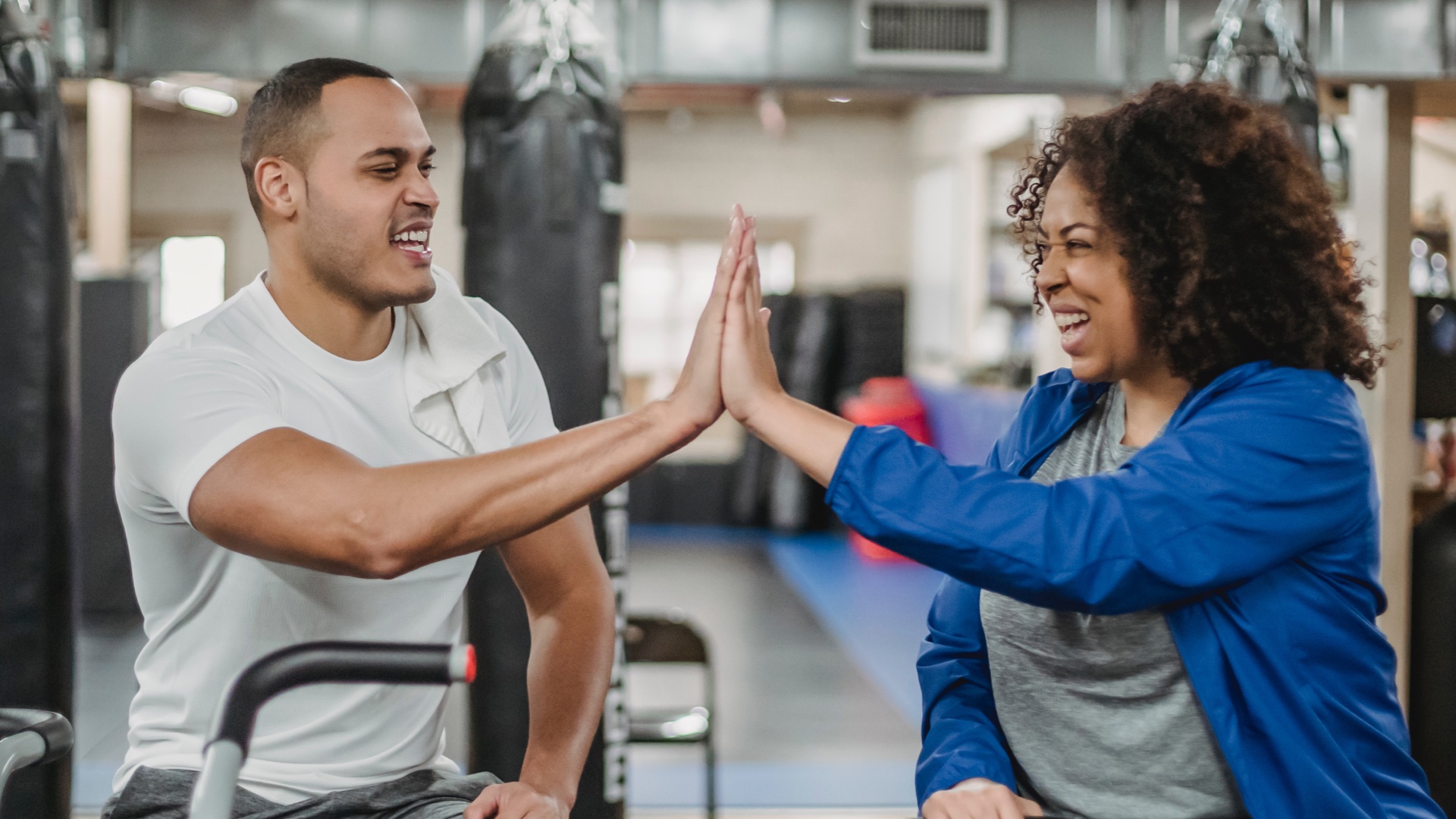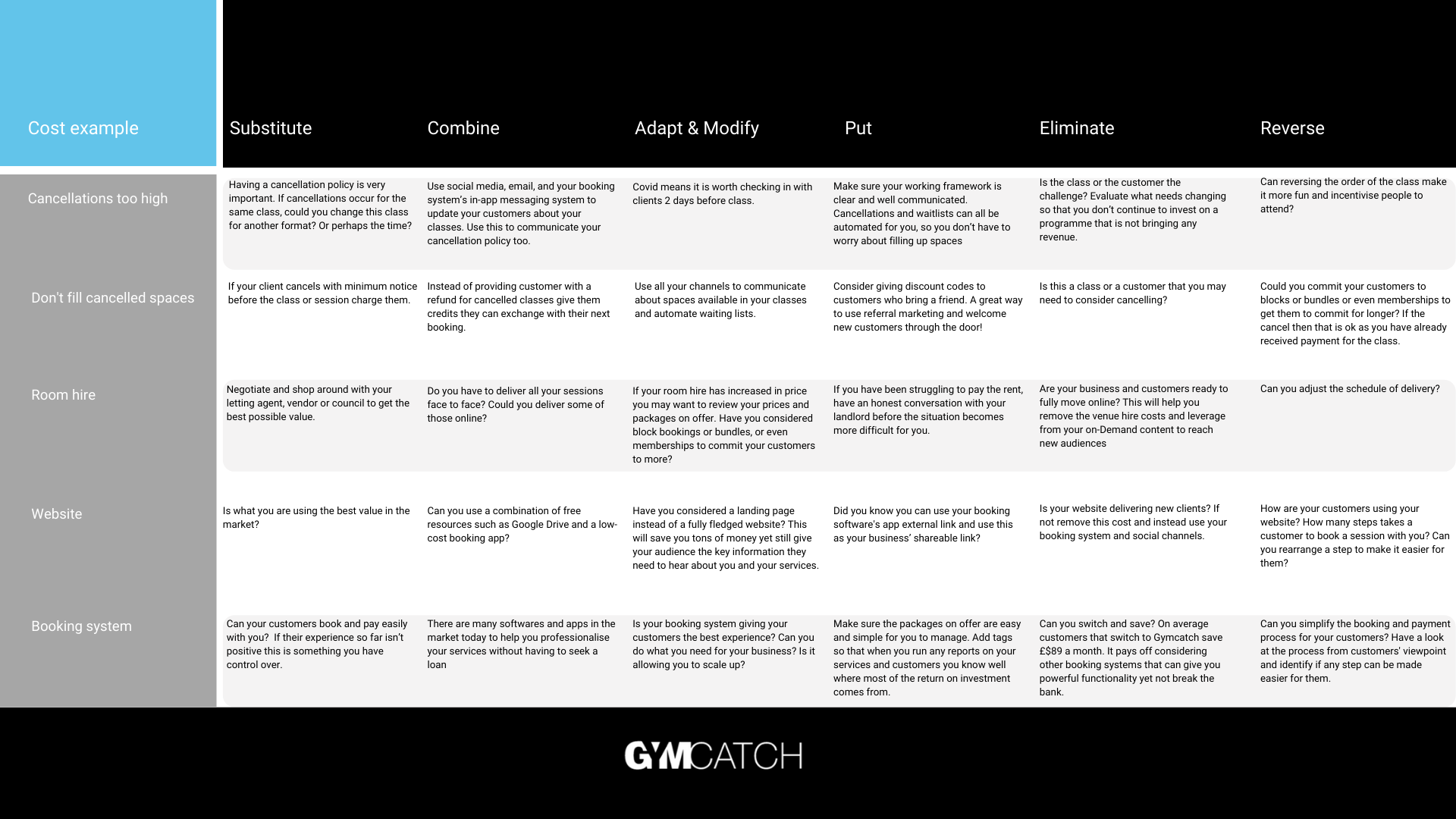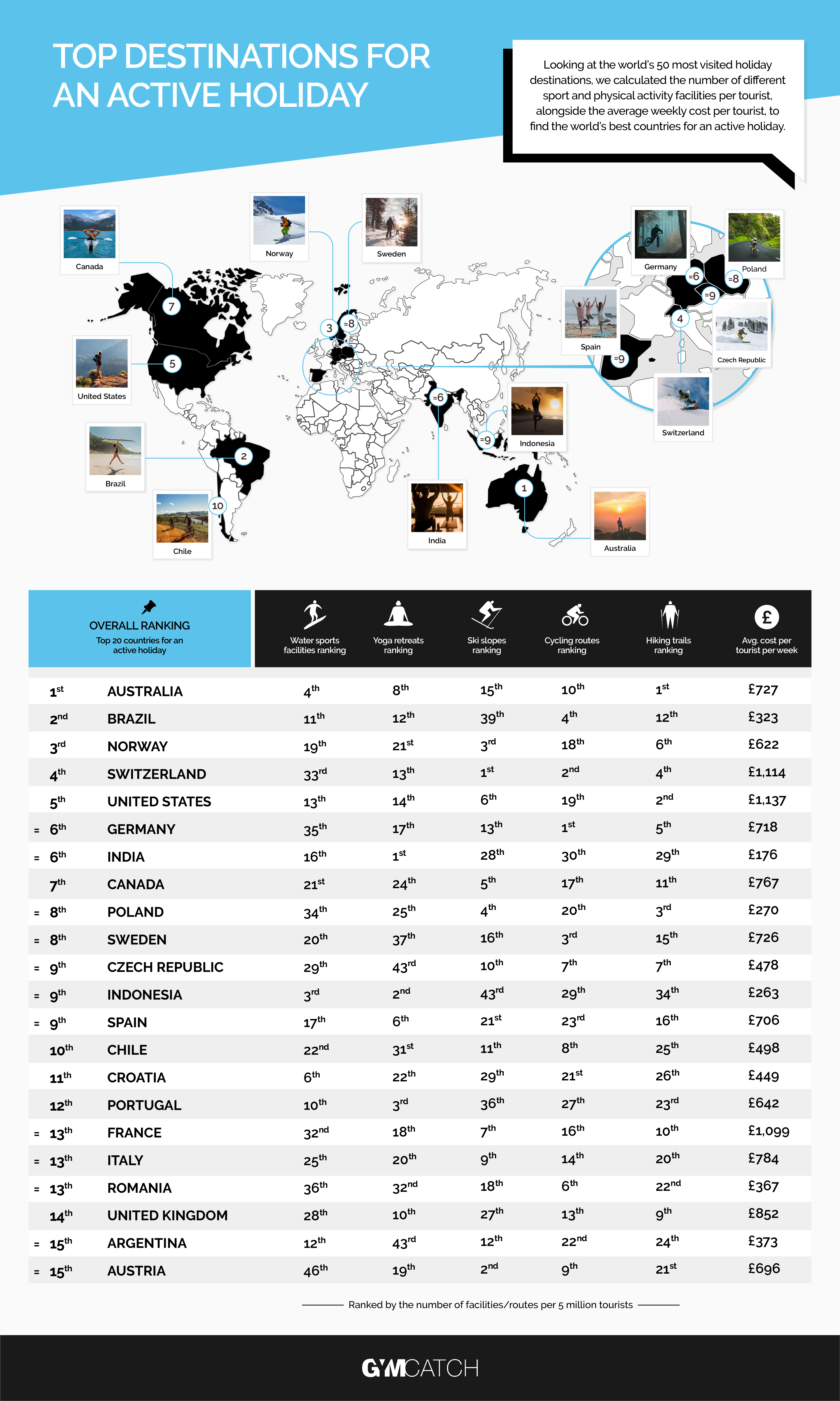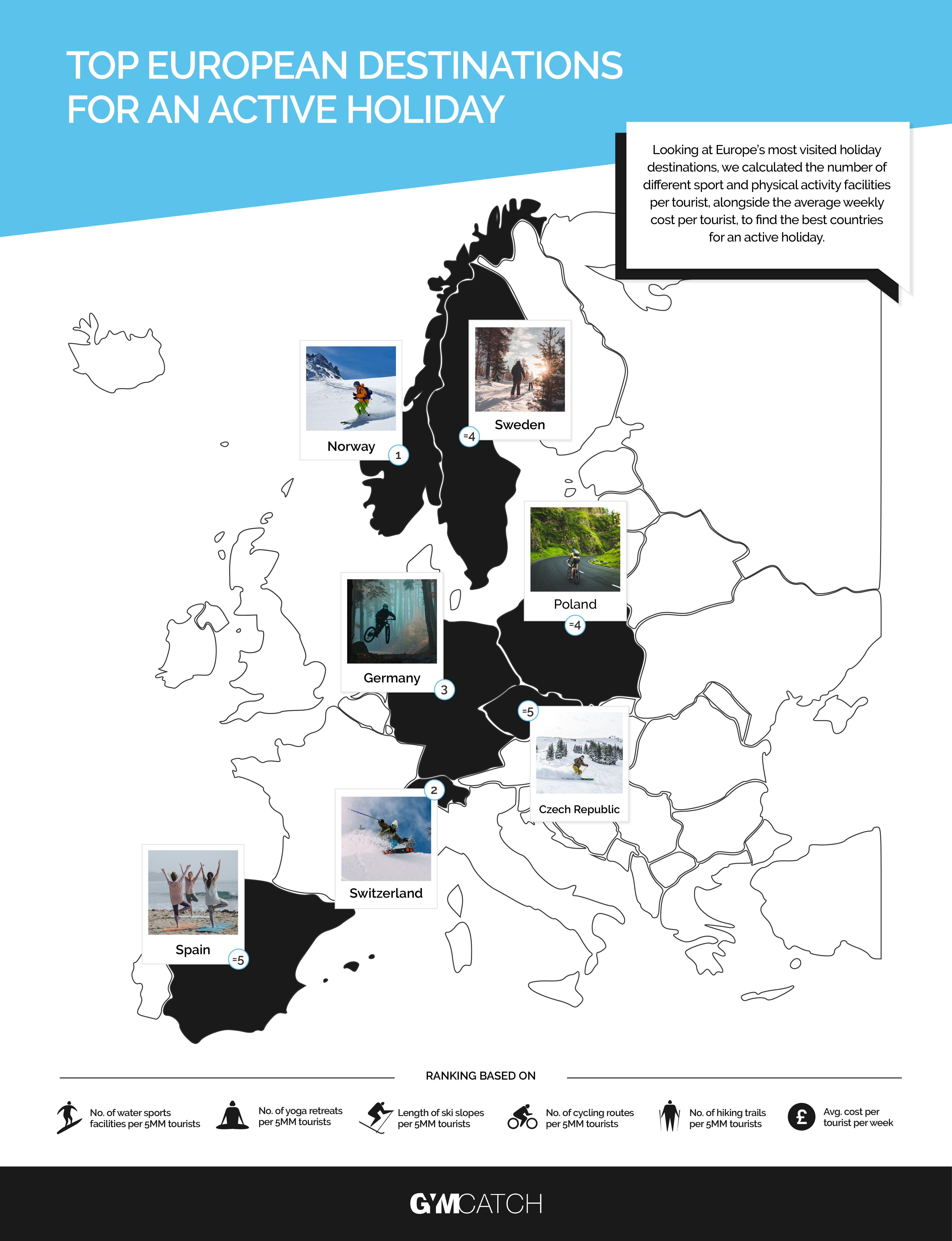
Raising the prices of services can be daunting. We worry that we might lose clients on price, that we make them angry, upset and disappointed at us. We also feel a duty of care toward clients and don’t want to raise prices when we might know they are already struggling. Sometimes, we can even question whether our services are worth the extra cost.
These are completely normal emotions and entirely empathetic response to a difficult situation.
But, and it is a big but, you are almost certainly going to have to raise your prices.
If you have been postponing it for a while, now is a good time to get into action and do it in the best way possible for you and your clients. So, take a deep breath, and let’s dive into the key steps to take to make the transition easier for you, and for your clients.
By how much do you need to increase your classes, and in what timeframe?
Has inflation already started to bite you and by how much? Add up the additional costs that you now incur. That’s the minimum amount you need to make up by increasing your prices just to keep your take-home revenue the same. So, if your bills have done up by £100 / month and your monthly revenue is £1000 / month, you need to raise your prices by 10%.
You might decide actually that you can make some efficiency savings in your business which save £50 a month so you can actually raise prices by 5%. But the thing to watch out for is that inflation doesn’t stay still. Inflation might add another £50 to your overheads in 6 months’ time and now there’s no more efficiency savings to make so you need to raise your prices again.
And here is your first choice which is do you raise your prices in a big chunk in one go to future-proof your pricing and keep your prices flat for a decent amount of time? Or do you raise prices incrementally through the year a little at a time?
The answer is probably that if you sell in long-term increments (annual memberships for example) you will need to raise your prices in one big jump now. Whereas if you sell more on a pay-as-you-go, or in weekly or monthly increments, you have far more flexibility to increase prices gradually.
1. Communicate your price increase
Raising your prices without giving much warning and without clarity can cause unnecessary friction. The key is to communicate any changes to your customers effectively and allow for some time to adjust to the changes. People will understand you have to put prices up but for them, it’s just another increase so however understanding it’s not what they want to hear. Be as transparent as possible and provide them with a timeline that gives them plenty of time. If it’s practical, let them know individually or in small groups and in person.
People will appreciate that you’ve spoken to them and not just assumed that the increase will be fine or not care if the increase is too much for them. Once your customers know you can make an announcement but most of your clients will already know and appreciate the advance warning.
2. Add value, foster loyalty, and build a community spirit
Adding value to your fitness services will aid with customer retention and acquisition. In general, people are willing to pay more if they feel they are getting more value for money. This can be anything form the service you provide, to the speed of your responses, to any free resources you give away, to the private groups you form etc. Adding value can put you in a unique position and help you differentiate from your competitors. At the end of the day, only you know what you do and how you do it, so be brave and consider yourself an expert in the field by driving conversations.
Are there a few little things you can add to your service which don’t cost you much or anything at all, but that your clients will appreciate as their prices go up. Checking in with clients a bit more to make sure they’re enjoying themselves, additional positive feedback, run little competitions and hand out little prizes (just tokens and silly things – not flat-screen TVs). This is all part of creating a mindset with customers that your services aren’t just an expense every week or month. Your services are an essential part of their physical and social routine that is essential for their mental and physical health. Do everything you can to ensure your service isn’t a nice to have, it’s essential. You may want to read our top 5 tips for creating value for your customers.
3. Pricing trade-offs
It might be with your business, especially if you’re still seeing a drop in numbers from Covid, that revenue right now is tight. You might therefore want to consider killing two birds with one stone and offering a chance for customers to avoid price increases in return for buying upfront. For example, you could offer a 1 year or 6-month membership where the client pays in full and upfront but at your current price?
Now there’s a trade-off – your profit margin on that customer is less than it would be if they were paying that in instalments at the higher price. But, you’ve got the money in the bank now. If you’ve got clients that fit the profile that can pay upfront, then it might well suit both you and them.
If your customers have been with you for a while, it is likely they can anticipate a price increase. Fitness professionals approaching price raises with attention and communicating the change successfully will likely not risk the customer relationship.
For more information on Gymcatch and how it can help your yoga, pilates, dance or personal training business. Get in contact to book a demo or start a free month.












